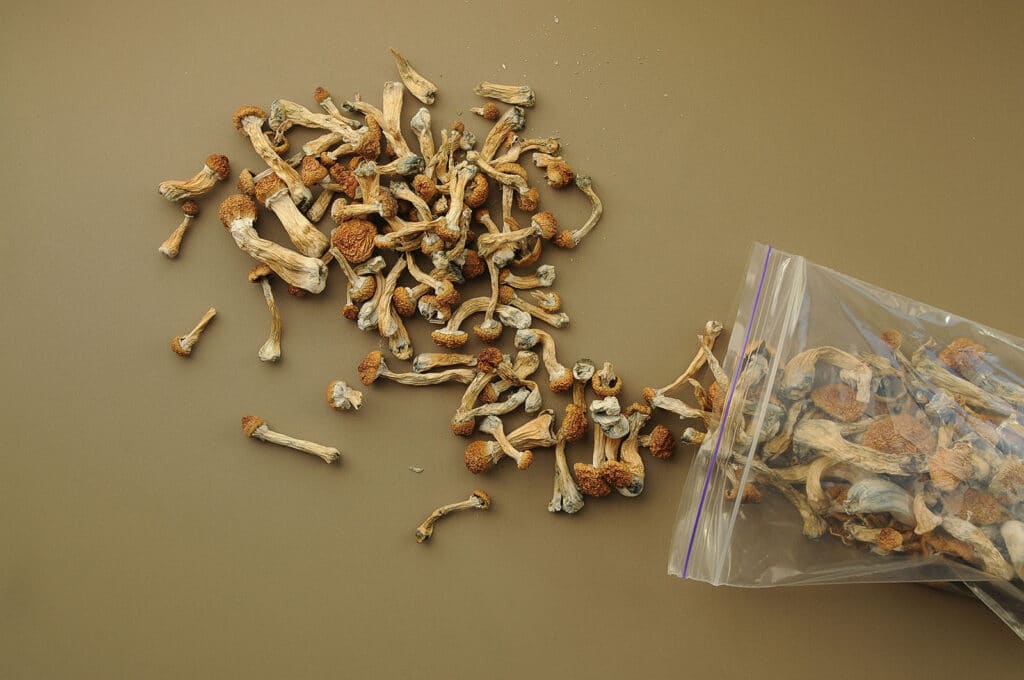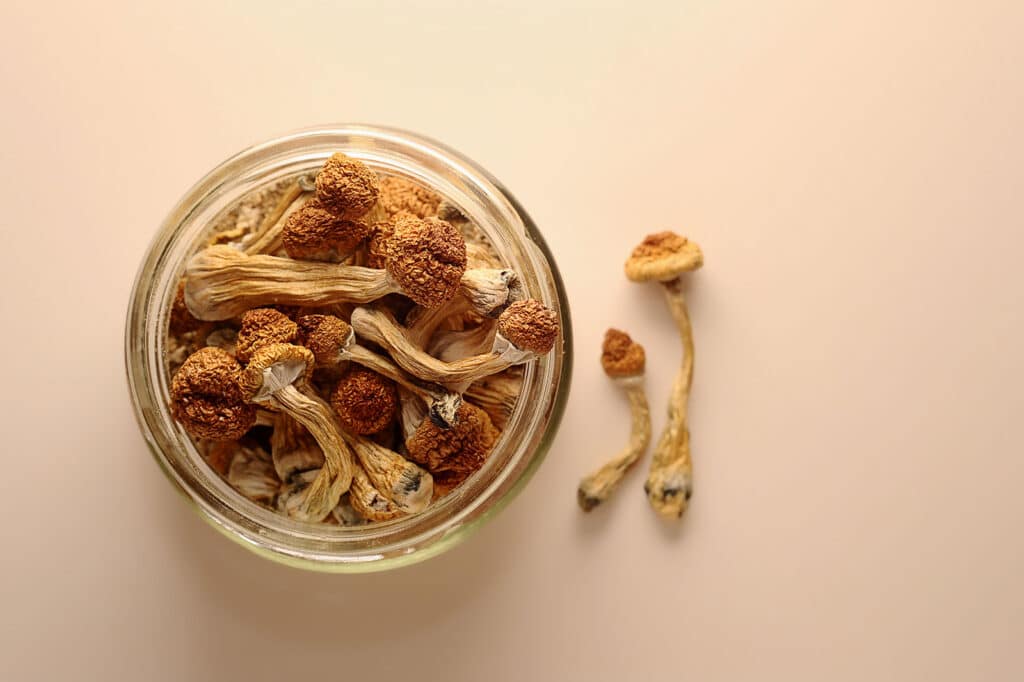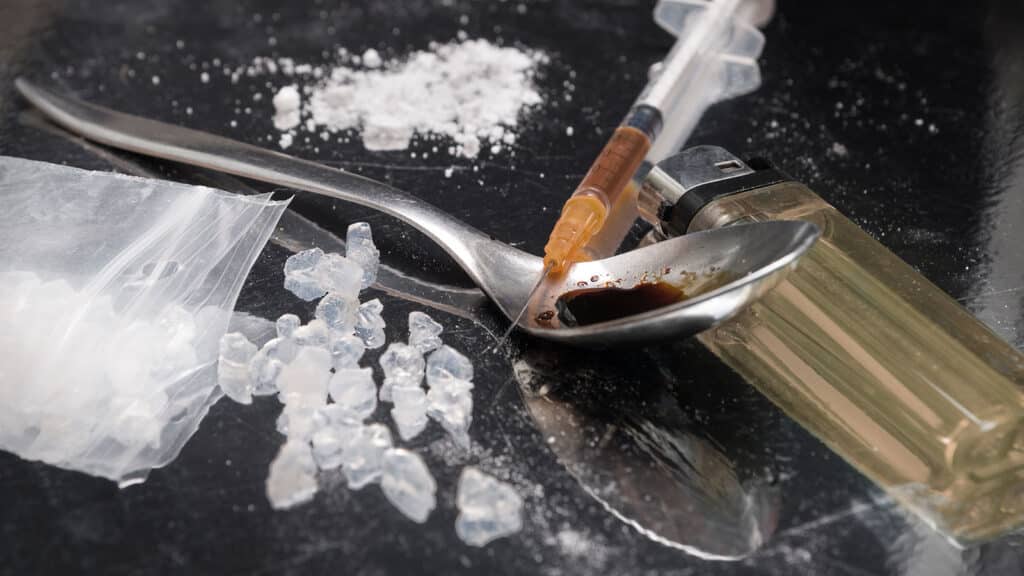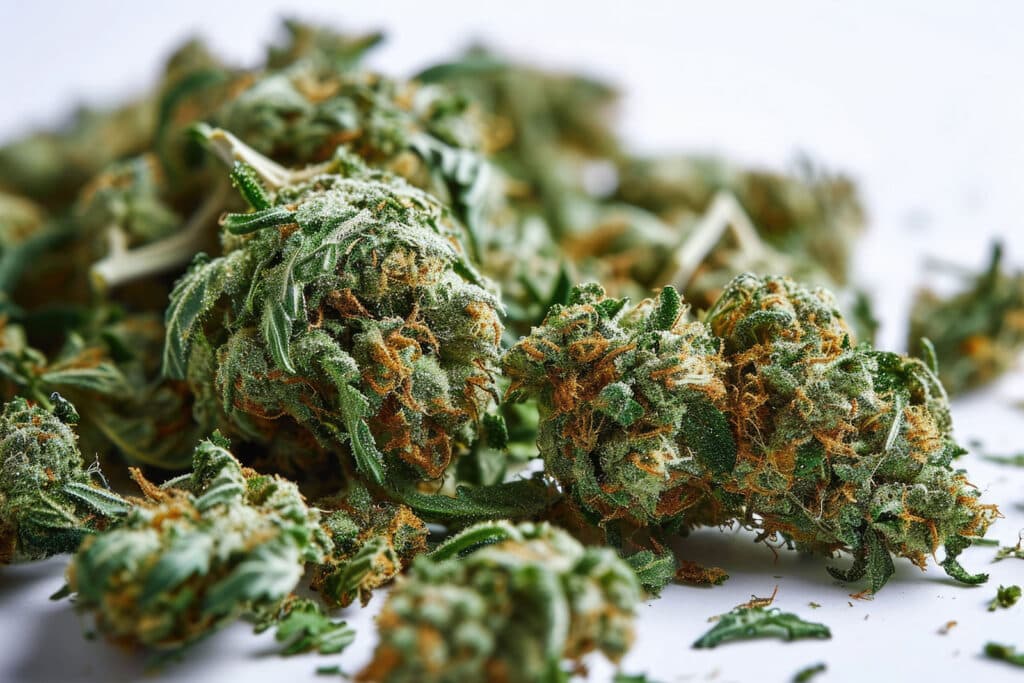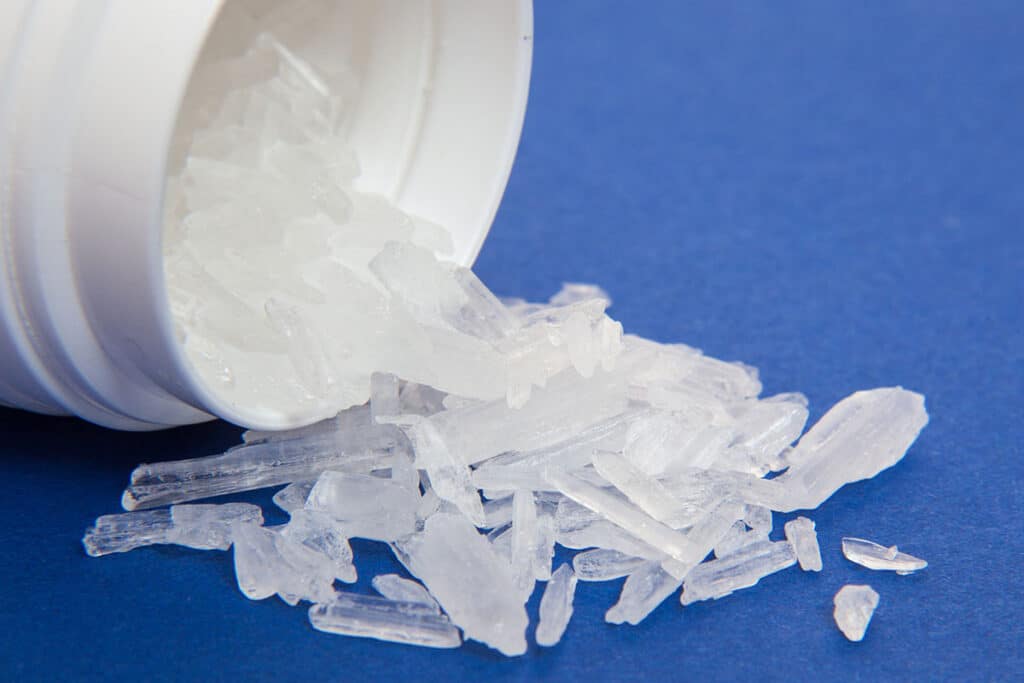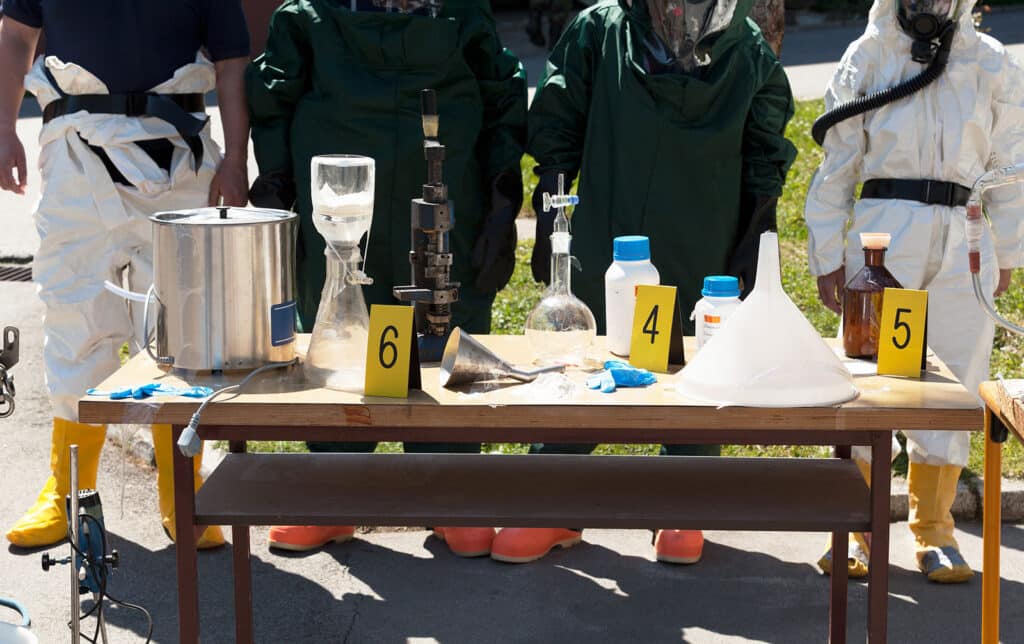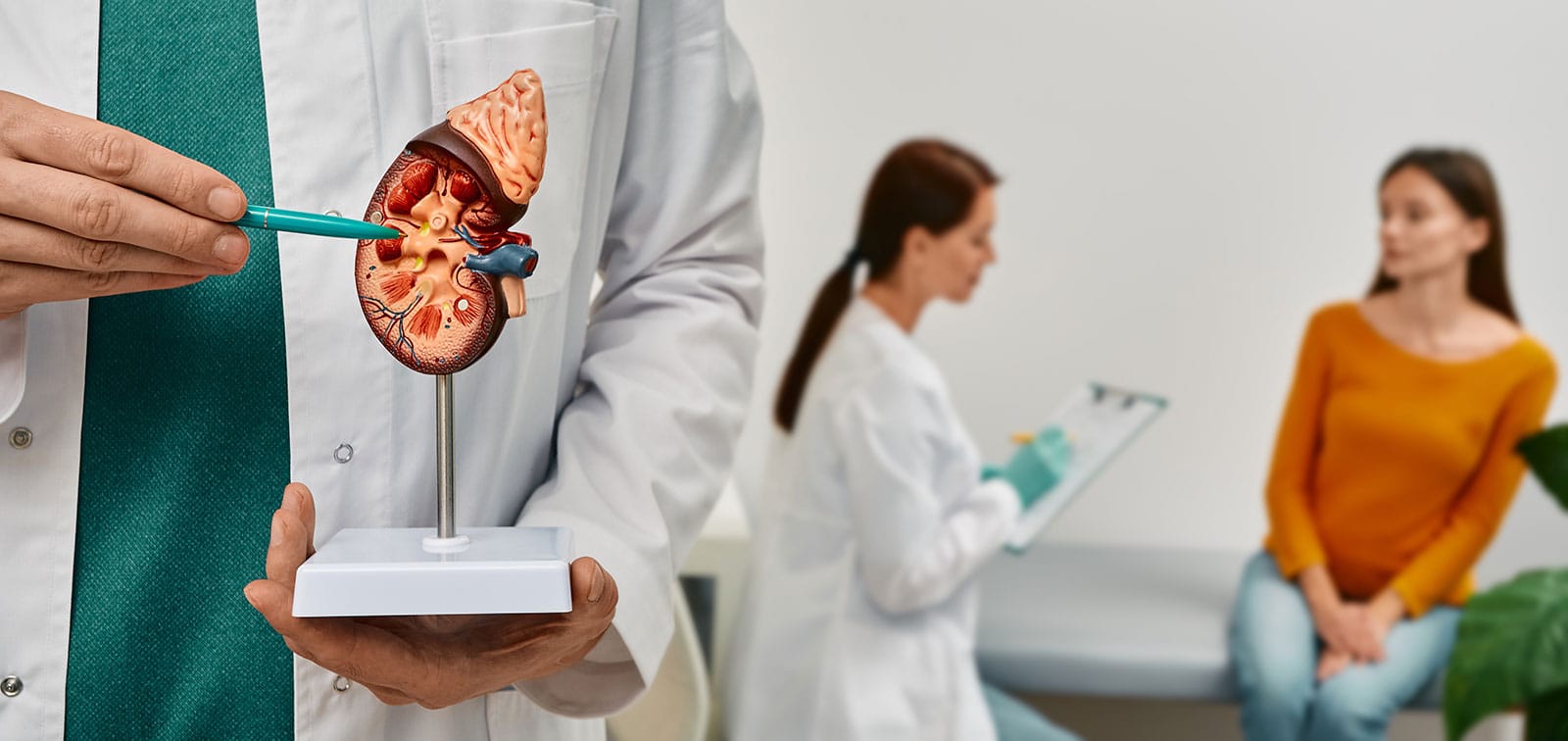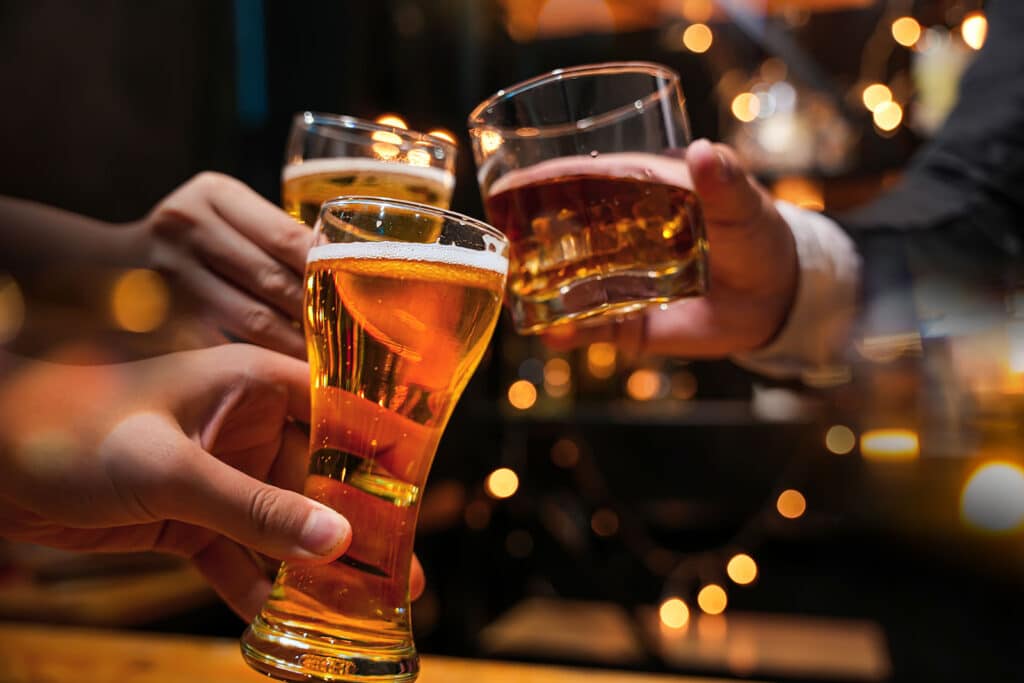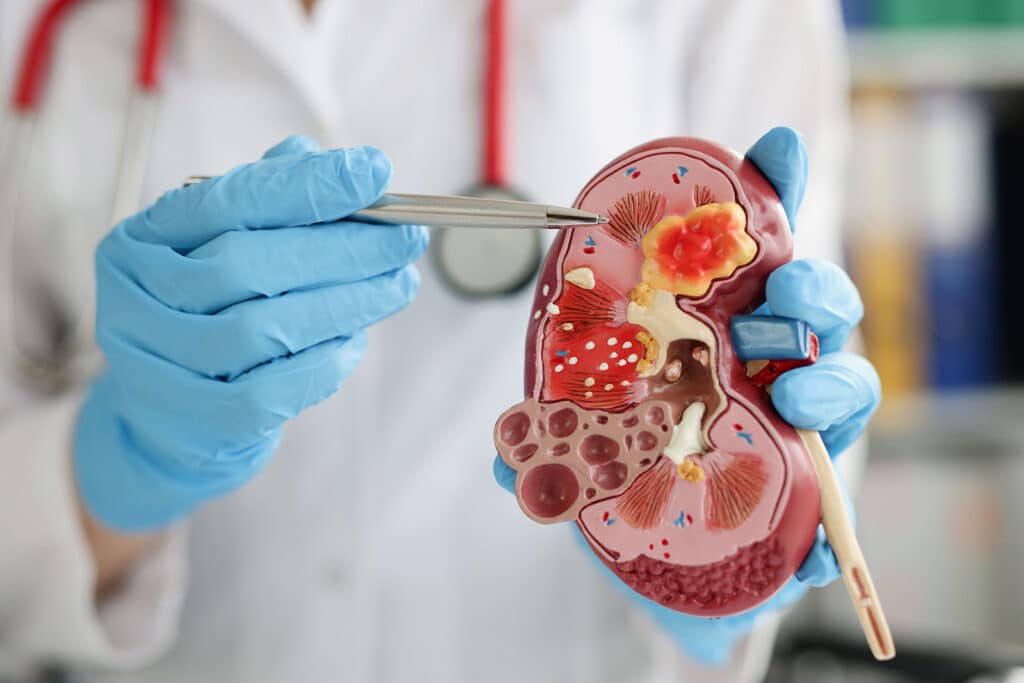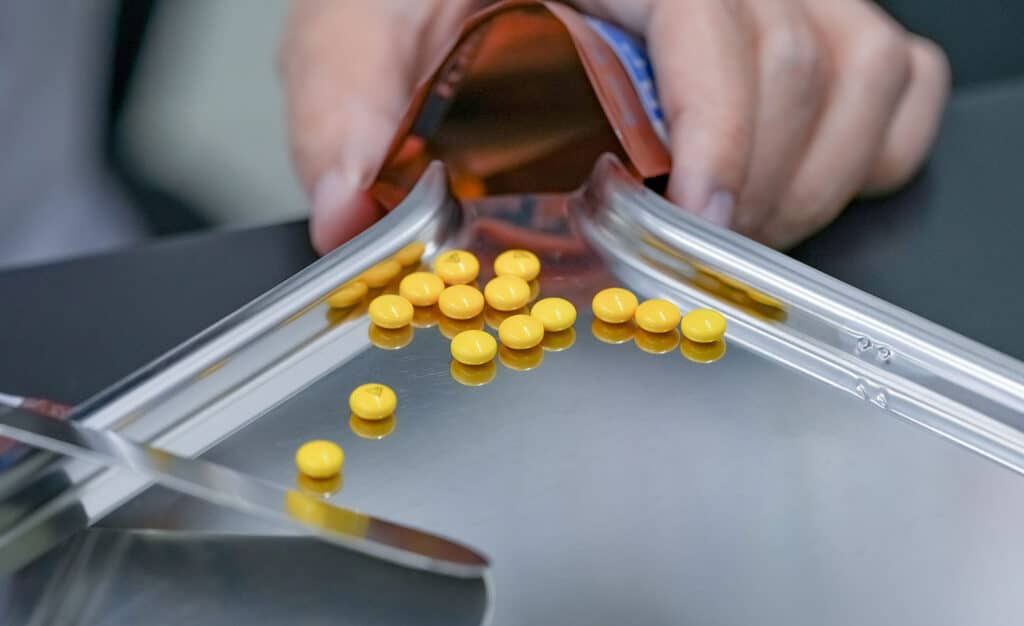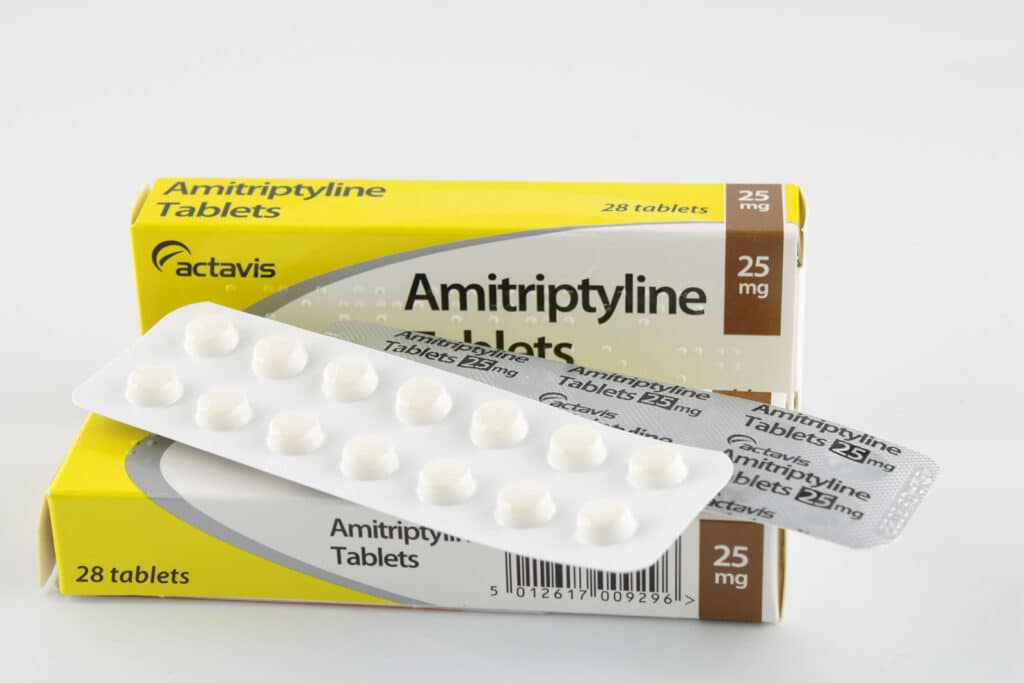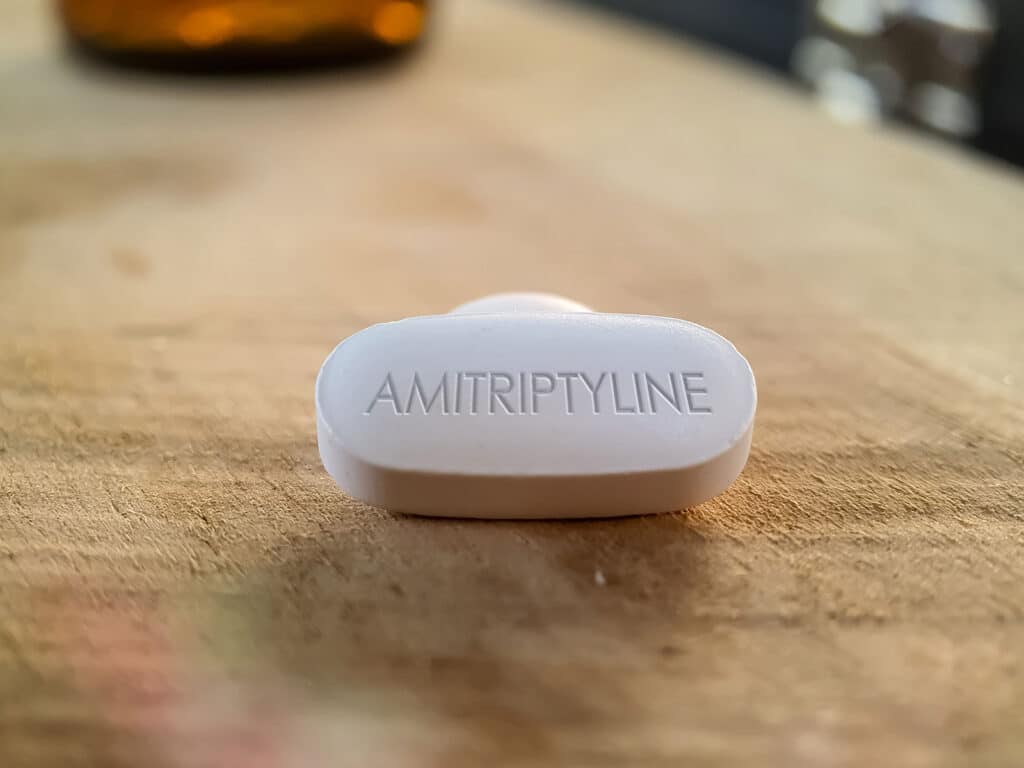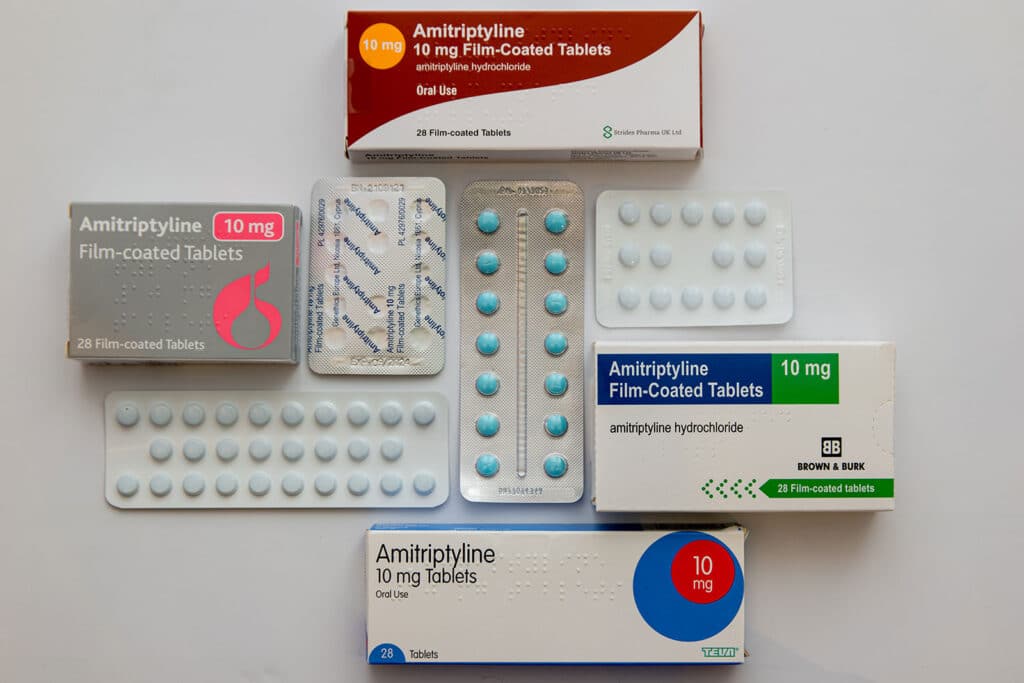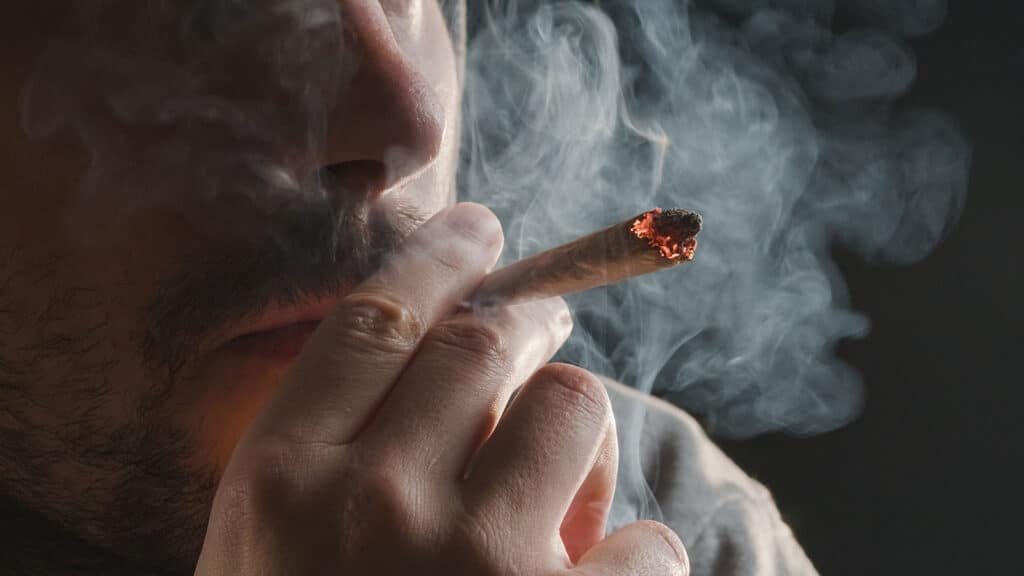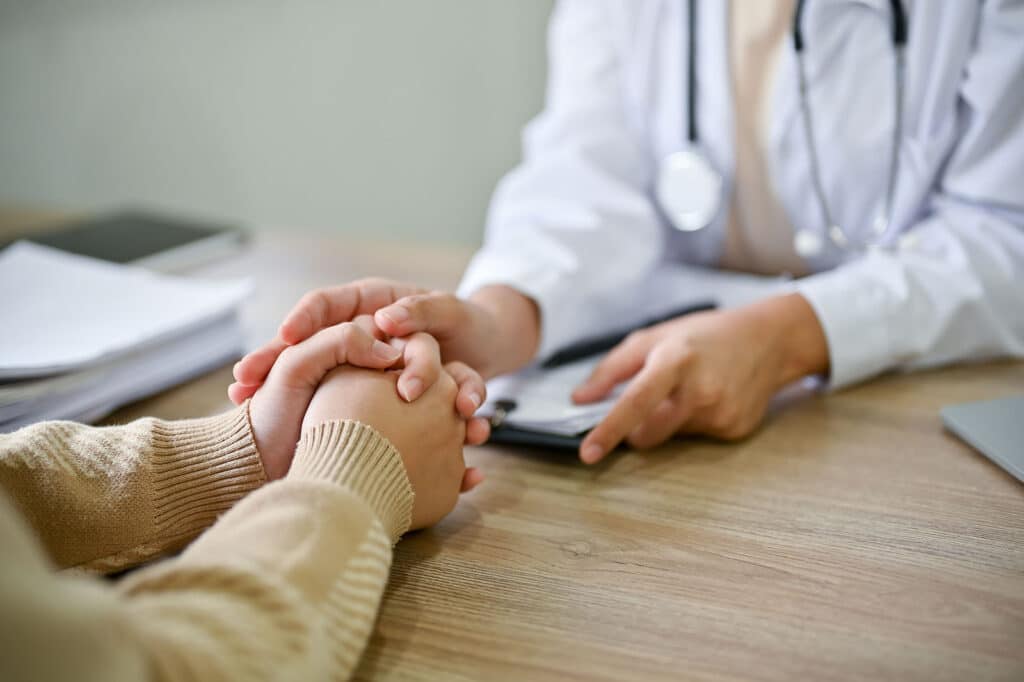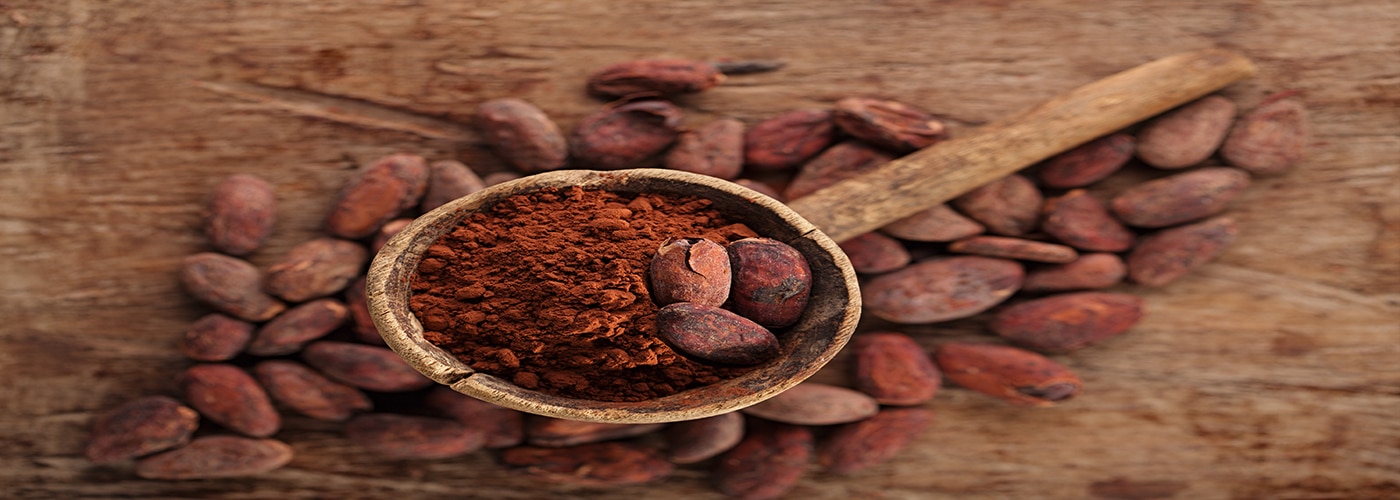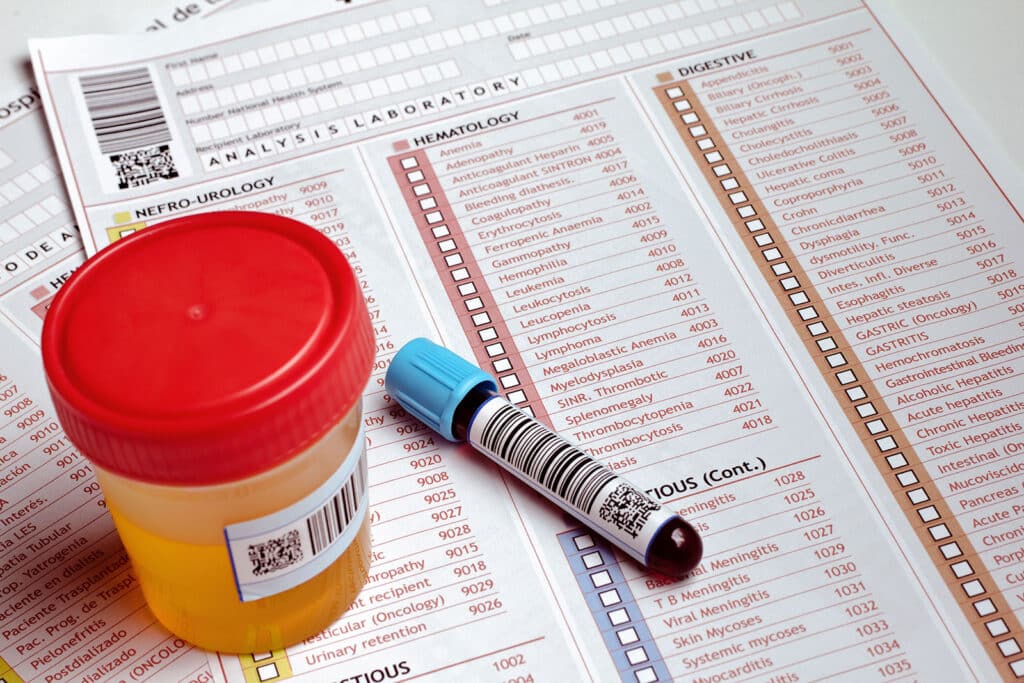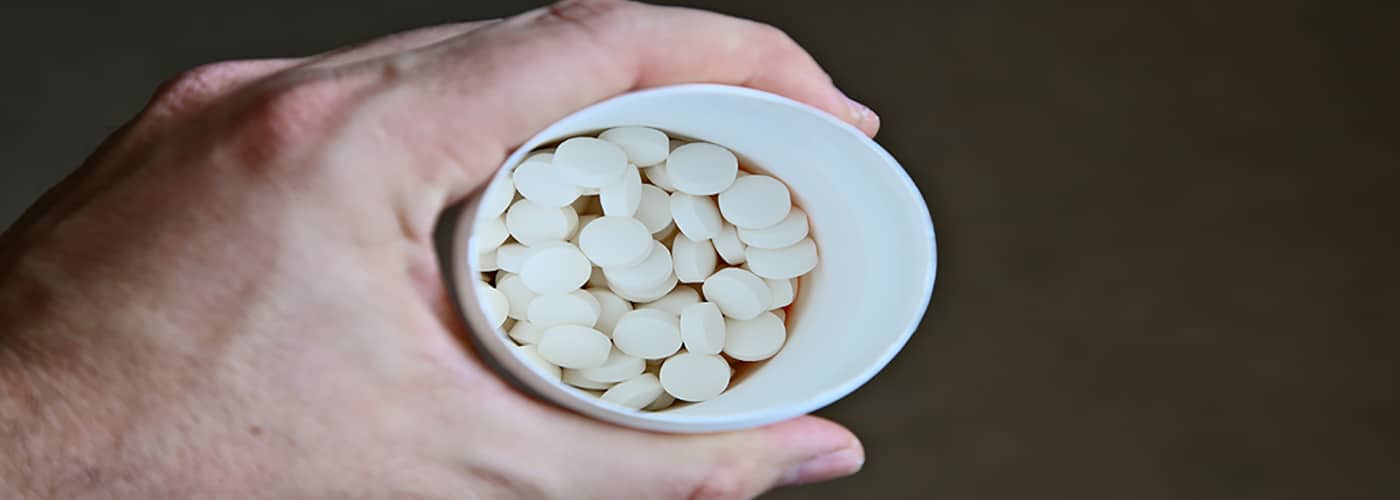Cocaine, often known by the street name “coke,” is a powerful stimulant that affects the brain and body quickly. It increases energy, alertness and feelings of euphoria but also raises heart rate and blood pressure. Notably, many people use cocaine as a party drug to keep the good times rolling. It is also popular in work settings as a pick-me-up. These strong and quick effects make it popular, but they come with serious risks that include addiction and major health problems.
Many people want to know how long cocaine stays in their system, often because of drug tests or health concerns. Employers, law enforcement and medical professionals may test for cocaine in blood, urine, saliva or hair. Cocaine itself leaves the body quickly. Its byproducts, called metabolites, stay longer and are what drug tests typically detect.
How the Body Metabolizes Cocaine
When cocaine enters the body, the liver quickly starts breaking it down. The main byproduct of this process is benzoylecgonine, the metabolite most commonly detected in drug tests. Cocaine itself has a short half-life, meaning the body processes half of it in about an hour. In contrast, benzoylecgonine has a much longer half-life of around six hours, so it lingers in the system even after the effects of cocaine wear off. Notably, this pathway is the source of most of the rare false positives in cocaine tests.
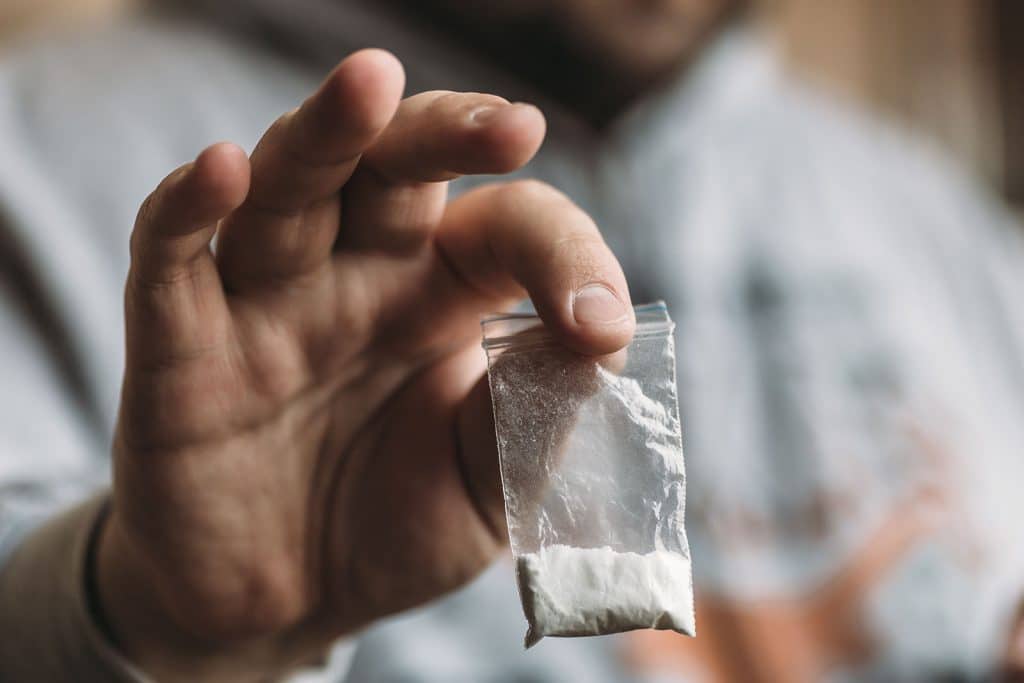
How someone takes cocaine affects how fast the body metabolizes it. Smoking or injecting sends the drug into the bloodstream almost instantly, leading to a rapid but short-lived high. Because the body processes it so quickly, cocaine and its metabolites appear in drug tests sooner. Snorting cocaine takes longer to produce effects since it has to pass through nasal tissues before reaching the bloodstream. Even this “slower” onset is fairly fast, happening in less than a half-hour in most cases.
Other factors like hydration, liver function and individual metabolism also play a role in how long cocaine stays in the body. While the drug itself clears out relatively fast, its metabolites stick around, which is why drug tests often detect cocaine use long after the high fades.
How Long Does Cocaine Stay in Your System?
How long cocaine is detectable in the body depends on the type of drug test used. Each test detects cocaine and its metabolites for different lengths of time.
Urine tests are the most common. Occasional cocaine users typically test positive for one to two days. Chronic users may have detectable levels for longer periods, perhaps a couple of weeks. Urine tests look for benzoylecgonine, which stays in the system longer than cocaine. Consequently, urine tests are effective for catching past use.
Blood tests have a much shorter detection window. Cocaine is usually only detectable for less than 12 hours, making blood tests useful in medical or forensic settings. However, it is rarely practical for drug testing at businesses since many recreational users will have time to shed the drug from their systems. As previously noted, the body metabolizes cocaine too quickly for it to stay detectable in your bloodstream for very long.
Saliva tests detect cocaine for about one to two days. They are less invasive than blood tests and provide a quick way to check for recent drug use. However, saliva tests aren’t as widely used as urine tests.
Hair tests have the longest detection window. Cocaine metabolites can show up in a person’s hair as late as six months after use. However, these tests indicate long-term exposure rather than recent impairment. It also takes seven to ten days for evidence of cocaine use to appear in the hair.
| Test Type | Detection Window | Notes |
| Urine Test | 1-2 days (occasional users), up to 2 weeks (chronic users) | Most common test; detects benzoylecgonine, a metabolite of cocaine, which stays longer in the system. |
| Blood Test | Less than 12 hours | Short detection window; mainly used in medical or forensic settings, not practical for workplace testing. |
| Saliva Test | 1-2 days | Less invasive than blood tests; effective for detecting recent drug use. |
| Hair Follicle Test | Up to 6 months (typically 90 days) | Longest detection window; indicates long-term exposure rather than recent impairment; takes 7-10 days for metabolites to appear in hair. |
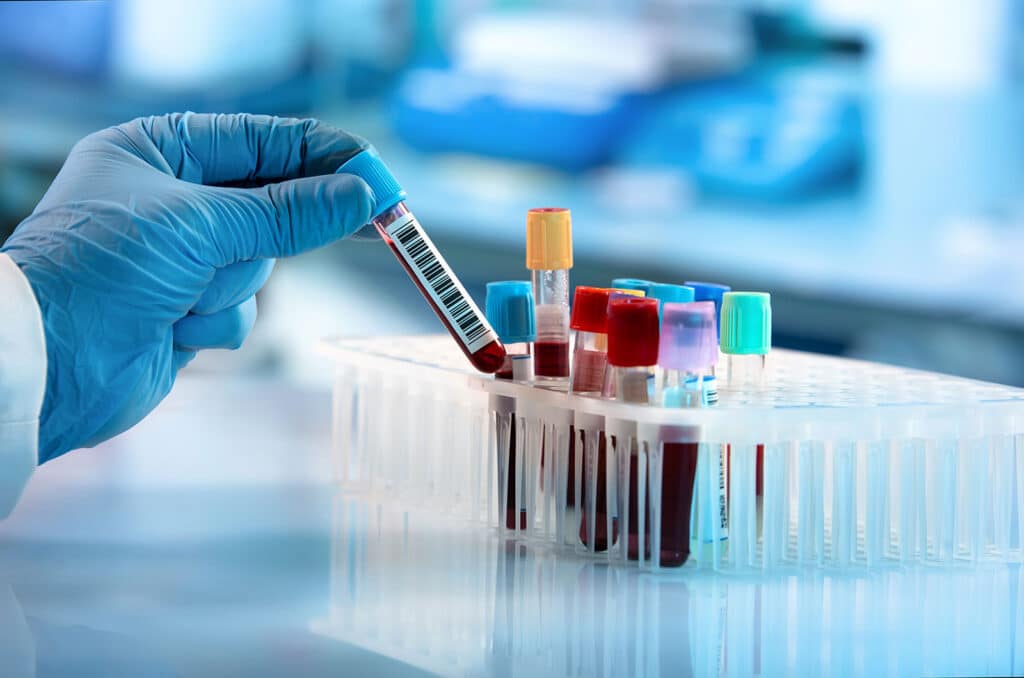
Factors That Influence How Long Cocaine Stays in Your System
Dosage and frequency of use play a big role in how long cocaine stays in the body. Occasional users process and eliminate cocaine faster than chronic users. With repeated use, metabolites build up in the system. This build-up extends detection times, especially in urine and hair tests.
Individual metabolism and liver function also matter. People who have faster metabolisms break down cocaine more quickly. Folks with liver function issues may retain it longer. There are further confounding factors for metabolism, such as:
- Age
- Genetics
- Overall health
Hydration, diet and body composition can affect cocaine retention. Staying well-hydrated helps flush metabolites from the system, while dehydration may slow elimination. Higher body fat can also lead to longer retention since some drug metabolites bind to fat cells.
The use of alcohol or other substances can extend cocaine’s presence in the body. When alcohol is consumed alongside cocaine, the liver produces cocaethylene, a compound that lasts longer than cocaine alone. Cocaethylene not only extends cocaine’s effects but also increases the time that cocaine use remains detectable in tests.
How Long Do the Effects of Cocaine Last?
The effects of cocaine come on quickly. However, they don’t last long. Notably, this is why coke users have a reputation for needing a “bump” regularly. The effects vary based on how someone uses cocaine, too.
The onset of effects depends on the method of use. Smoking or injecting cocaine causes an almost immediate high, often within seconds. Snorting takes longer, usually a few minutes. The delay is because the drug has to pass through nasal tissues before entering the bloodstream.
Peak effects hit fast. The high is strongest within 5 to 30 minutes, depending on how the drug was taken. When smoked or injected, the cocaine high lasts for a short-term period of time, about 10 to 30 minutes. Snorting provides a longer high than smoking, typically up to an hour. However, the effect fades quickly when compared with the impact of many other drugs. This length of time the high lasts is heavily influenced by the amount of cocaine consumed and an individual’s cocaine metabolism. The half-life of cocaine (1.5 hours in blood, 1.2 hours in saliva, and 4.1 hours in urine) contributes to this timeframe as well.
Post-use crashes follow once the high wears off. This phase can involve extreme fatigue, irritability, depression and strong cravings for more cocaine. The crash is often severe, pushing some users into repeated use to avoid the comedown. Repeat use can lead to addiction.
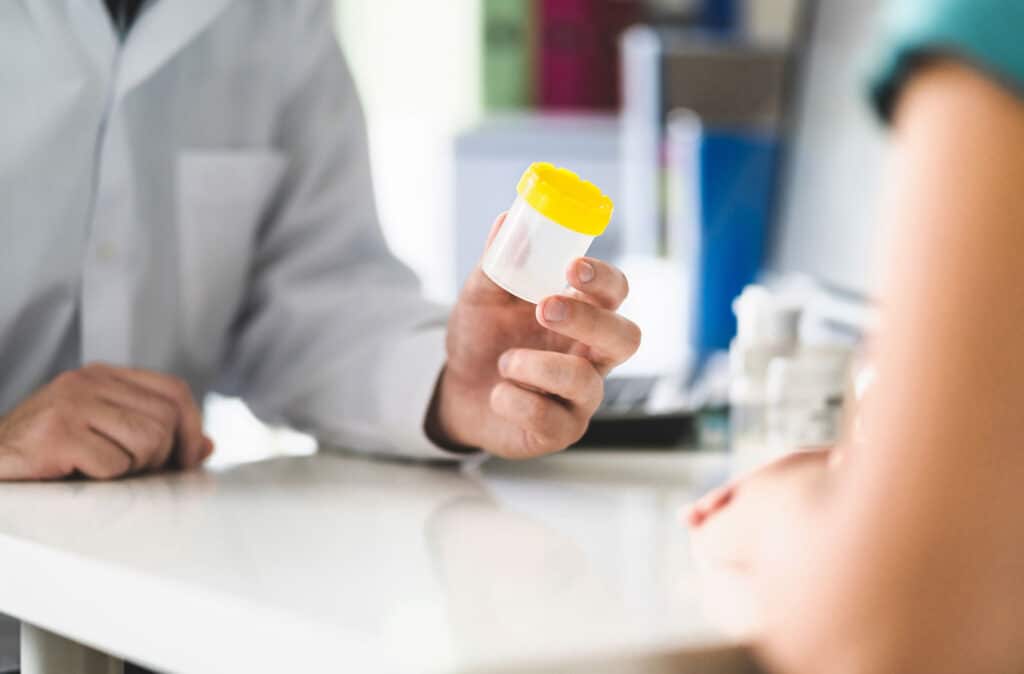
Can Cocaine Be Detected on a Standard Drug Test?
Most workplace and court-ordered drug tests check for cocaine use. Standard urine tests don’t look for cocaine itself, since the body breaks it down quickly. Instead, they detect benzoylecgonine, the main metabolite. Benzoylecgonine stays in the body longer, and it provides a more reliable way to confirm recent use.
False positives can happen, though they are rare. Some medications, including certain antibiotics or local anesthetics containing coca-derived compounds, may trigger a positive result. However, confirmatory tests like gas chromatography-mass spectrometry (GC-MS) can accurately distinguish cocaine metabolites from other substances. GC-MS and similar tests significantly reduce the risk of false readings. Notably, the lack of such confirmatory testing is often the basis for disputing a positive reading.
Misconceptions About Cocaine Detection
Many myths surround cocaine detection, leading to misconceptions about how drug tests work. One common belief is that drinking large amounts of water can flush cocaine out of the system. While staying hydrated may help the body eliminate toxins more efficiently, it won’t instantly remove cocaine metabolites like benzoylecgonine. Drug tests are designed to detect even trace amounts, making quick flushes ineffective.
Another misconception is that a positive test means someone is currently high. In reality, drug tests detect past use. They don’t detect current impairment. Cocaine’s effects wear off quickly, but its metabolites remain in the body much longer. This is why someone can test positive even if they haven’t used cocaine for days.
Side Effects of Cocaine Use
Cocaine, as a stimulant drug, primarily affects the central nervous system, leading to a range of side effects. These can vary depending on the method of ingestion and frequency of use. Here’s a concise overview:
- Short-term effects:
- Increased heart rate and blood pressure.
- Elevated body temperature.
- Feelings of euphoria and increased energy.
- Anxiety and paranoia.
- Long-term effects:
- Cardiovascular problems, including heart attack and stroke.
- Respiratory issues, particularly with crack cocaine use.
- Neurological damage.
- Psychological problems, such as psychosis and depression, especially in heavy users.
- Drug abuse and dependance.
Essentially, the use of cocaine creates a multitude of health risks, that greatly increase as the frequency of use increases.
Risks and Dangers of Cocaine Use
Cocaine use carries serious risks, both immediate and long-term. Cocaine use increases your heart rate and blood pressure, raising the chances of a:
- Heart attack
- Stroke
- Seizure
Overdoses can be fatal, especially with high doses or repeated use.
In terms of mental health, cocaine can encourage anxiety, paranoia and depression. Over time, it affects brain function, leading to memory problems and impaired decision-making. Chronic use also damages the heart and respiratory system, increasing the risk of long-term cardiovascular issues.
Cocaine is highly addictive. Withdrawal symptoms include:
- Fatigue
- Mood swings
- Cravings
- Extreme dreams
- Reduced body-brain interaction speeds
Symptoms of withdrawal can kick in within 24 hours.

Seeking Professional Help for Cocaine Use
Cocaine use becomes problematic when it leads to addiction, health issues, personal problems or disruptions in daily life. If you’re dealing with cravings, withdrawal symptoms or failed attempts to quit, professional help may be necessary.
Garden State Treatment Center offers support for cocaine addiction through therapy, detox programs and support groups. Cognitive-behavioral therapy helps individuals change harmful patterns. Medication-assisted treatment is also available to ease withdrawal symptoms.
Detox programs provide a safe environment for managing withdrawal. Ongoing support groups offer long-term encouragement. Seeking professional support, especially with medication assistance, can make recovery more manageable.
Conclusion
Cocaine stays in the system for different lengths of time depending on factors like frequency of use, metabolism, and test type. While the drug itself clears quickly, its metabolites linger. With the right tests, detection is possible for days or even months.
Recovery from cocaine addiction is possible with professional support. Garden State Treatment Center offers a range of treatment programs, including both outpatient and inpatient options, tailored to individual needs. Contact us to discuss how we can support your journey toward improved well-being.
Published on: 2025-03-06
Updated on: 2025-03-13



